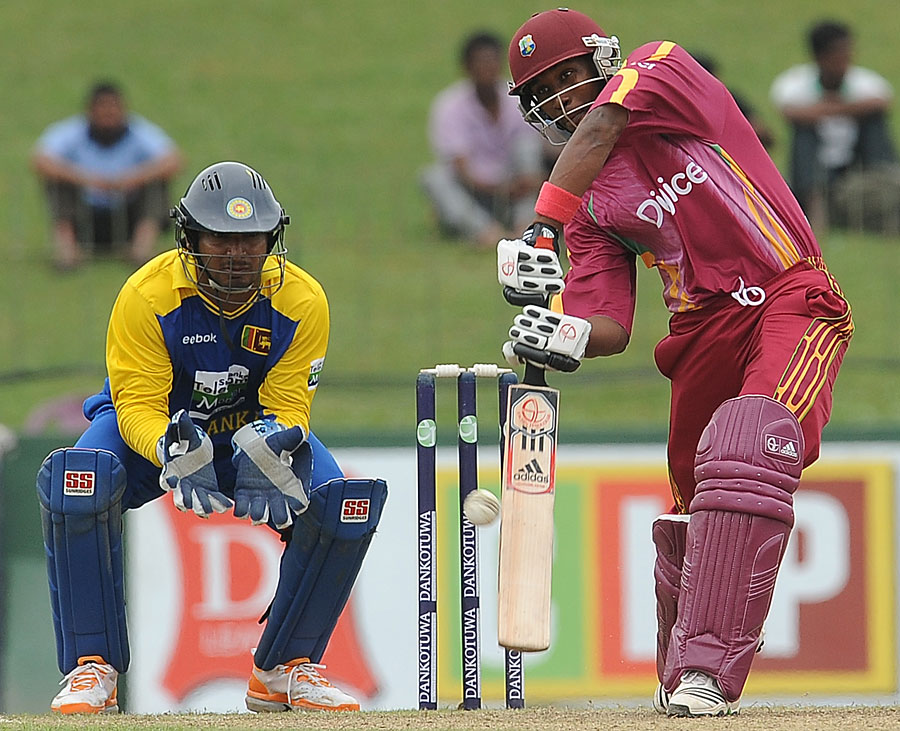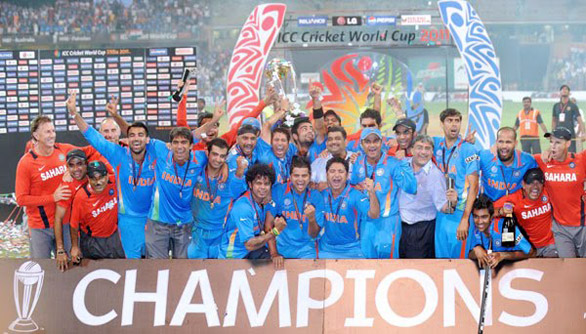Yep, that’s right. EVERYDAY at the sole India-Pakistan land border crossing, an amazing ceremony of sorts occurs. The word ceremony suggests something subdued and official however, this presentation was anything but. The closest thing I can equate this spectacle to is a sporting event. There are so many people and so much energy and such ridiculous competitive antics that it was nothing short of spectacular.
As mentioned in my cricket post, India and Pakistan are bitter enemies, and this border closing event is an opportunity to literally shut the door in the face of the other every night. The evening we went to watch this thing was just a couple short weeks after India won the World Cup of Cricket (a HUGE deal which included beating Pakistan in the semi-finals) so I think we experienced a particularly patriotic crowd. I am not going to do this ceremony the justice it deserves but I will mention some of my favorite parts and see if I can’t paint a picture.
Just as in a sporting event, there were bleachers filled with thousands of excited Indians, waving flags on one side of the border and hundreds of Pakistanis doing the same on their side of the border. The Indians won in overall attendance hands-down.
Ted and I were quickly directed to the VIP section which, for some reason, all the foreigners are assigned to sit. We sat in a section of bleachers with great seats that we shared with hundreds of our Indian VIP friends.
Before the actual ceremony began, there was a whole production to create excitement and drum up intense national pride. This is achieved by a master of ceremonies, if you will, who is dressed in a white, nylon-y track suit, who uses his microphone to lead cheers, encourage flag waving and organize the festivities.
What festivities, you may ask? Well, young women and children take turns carrying a rather large Indian flag and running up to the border gate with it, waving it toward the sad, sorry Pakistanis and then running back. This is in front of a crowd of people who shout and cheer them on.
There is also dance music blaring that leads to a large, informal dance party in the middle of the street. Think Bollywood movie dancing – hands twisting and pumping; heads bobbing and bobbling. It was amazing. Meanwhile music and such was happening on the Pakistani side as well but it was nothing in comparison and we really couldn’t see what was going on over there that well.
Just when Ted and I though it couldn’t get any better – the ceremony began. The emcee’s job now becomes quite important as he introduces the very serious soldiers who will be partaking in this evening’s festivities. Out they come with the most high-kicking, elaborate, and dramatic marches we have ever witnessed.
Once lined up, for no reason we could determine whatsoever, a soldier from the Indian side and a soldier from the Pakistani side had a yell-off. That is, they each yelled into a microphone on their respective sides of the border to see who could yell longer. They did this about 5 times and each time the Pakistani guy won. The Pakistanis were very excited about this, but it is the only thing they had going for them as far as we could tell. The Indians were having much more fun.
Once the yell-off concluded, the soldiers took turns doing their elaborate marches to the border (this is being mirrored by Pakistani soldiers on the other side). Finally the head honchos from each country march fabulously up to one another, stopping just inches apart, exchange a brief but hardy handshake, lower the flag, and turn around and close the border gate behind them.
Lowering of the flag, at exactly the same speed, so as not to let your country's flag come down first
So concludes the border closing ceremony for another night. Just when you think that everyone will start filing out of their seats and head home, the music blasts back up and the dance party resumes. As we make our way back to the rickshaw, we noticed that the emcee was shaking hands and signing autographs. Are you kidding me? This was just too hilarious! As I type this I am again laughing out loud. You seriously could not make this stuff up. Ten out of ten!



 In my latest post for World Nomads, I talk about how Jaisalmer’s famous fort is being loved to death by locals and travelers alike. Check it out
In my latest post for World Nomads, I talk about how Jaisalmer’s famous fort is being loved to death by locals and travelers alike. Check it out